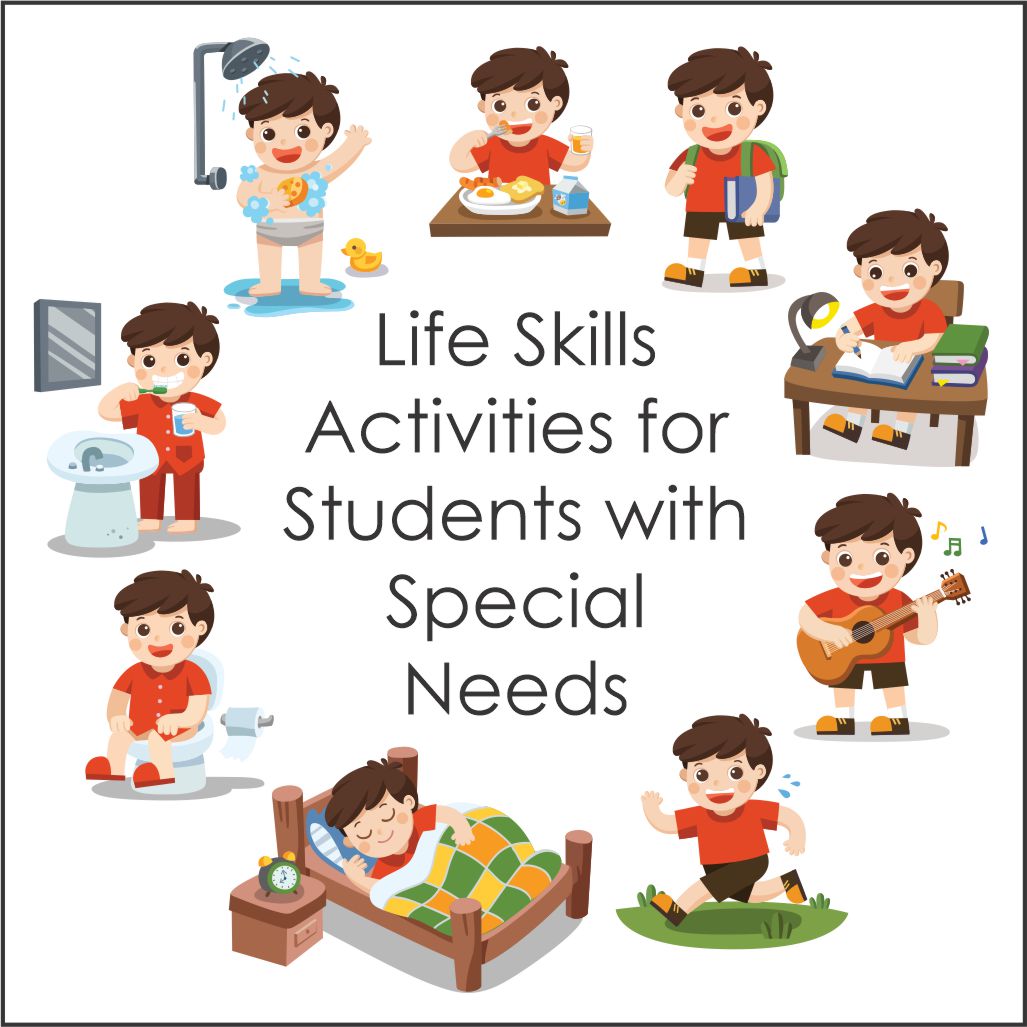Okay, so, I’ve been working on this project lately, it’s about creating a special ed curriculum for life skills. I started by thinking about what these kids really need to know to get by after high school. You know, the practical stuff.
I spent a good chunk of time observing these students in their classes. I mean, I really dug in. I watched how they interacted, what they struggled with, and what they seemed to get the hang of easily. This helped me get a feel for their current skill levels.
Getting Down to Details
Then came the part where I had to figure out exactly what to teach them. I started with the basics, like personal hygiene, telling time, and counting money. Stuff we often take for granted, but it’s a big deal for these students.

- I created some pretty simple worksheets for telling time.
- We used fake money to practice making change.
- And for personal hygiene, we did a lot of role-playing and picture cards.
Next, I moved on to slightly more complex things, like cooking simple meals, grocery shopping, and basic cleaning tasks. We’re talking real hands-on stuff here.
Putting It into Practice
- We made sandwiches and salads in class – nothing fancy, but they loved it.
- I took them on a field trip to a local grocery store. We made a shopping list beforehand and they had to find the items and compare prices.
- Back in the classroom, we practiced sorting laundry, folding clothes, and using a (pretend) washing machine.
We also touched upon social skills. They practiced greeting people, making eye contact, and taking turns in conversations. This was probably the toughest part, but also the most rewarding. I set up scenarios where they had to ask for help, order food, or just chat with a friend. It wasn’t always smooth, but they really tried. I encouraged them to talk about how they felt during these exercises and what they found difficult or easy.
And hey, we even talked about health and diet. I explained the importance of a balanced diet, how to read food labels, and the benefits of exercise. We did some simple exercises in class and I encouraged them to find physical activities they enjoyed.
The whole process was a lot of trial and error. Some activities worked great, others, not so much. But I kept tweaking things based on their feedback and my observations. I felt like I was learning as much as they were. Finally, after weeks of work, I had a curriculum that I felt really good about. It wasn’t perfect, but it was a solid start. It was practical, engaging, and most importantly, tailored to their specific needs. Now the real test is to see how it works in the long run!















